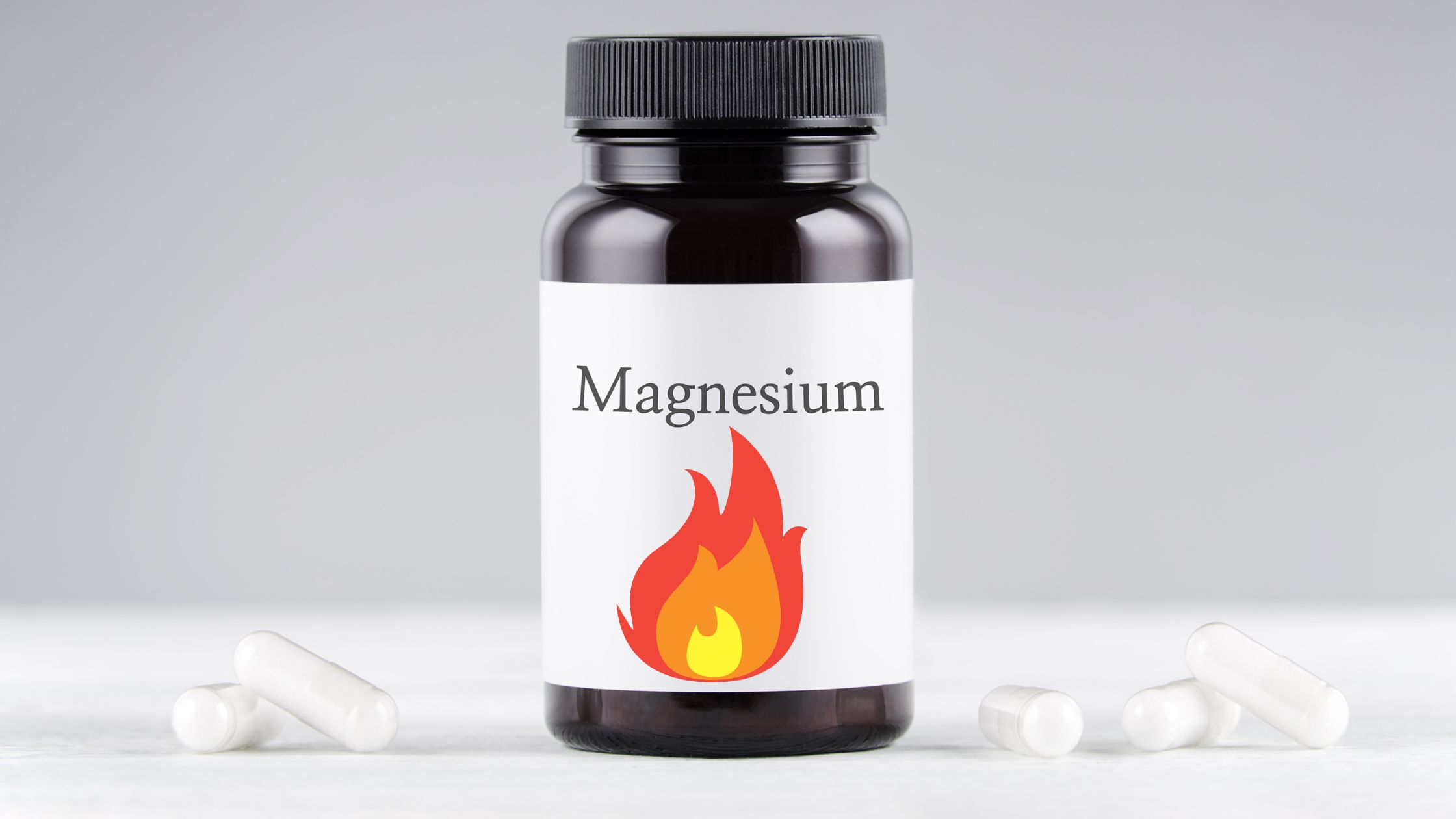
When a piece of magnesium ribbon burns in the air, it reacts with oxygen (O2) to create a new substance called magnesium oxide (MgO). Here's a simple way to understand what happens:
Reactants and Products:
- Reactants: Magnesium (Mg) from the ribbon and oxygen (O2) from the air.
- Products: Magnesium oxide (MgO) and light energy.
The Chemical Reaction:
- Balanced Equation: 2Mg (s) + O2 (g) → 2MgO (s) + light energy
- This means 2 atoms of magnesium react with 1 molecule of oxygen to make 2 molecules of magnesium oxide, and light is given off.
What You See:
- The magnesium ribbon burns with a bright white flame.
- A white, powdery substance (magnesium oxide) forms.
- Heat is released during the burning.
Magnesium's Reactivity:
- Reactive Metal: Magnesium reacts easily with oxygen because the reaction releases a lot of energy.
- Energy Release: The energy comes out as light and heat, which is why you see a bright flame.
Safety Tips:
- Hot Flame: Magnesium burns very hot, so be careful.
- Wear Protection: Always wear safety glasses and gloves to protect yourself.
- Well-Ventilated Area: Do the experiment where there's good airflow to avoid inhaling any fumes.
By understanding these points, you can see how magnesium burns in the air to create magnesium oxide, showing a bright flame and releasing heat.
